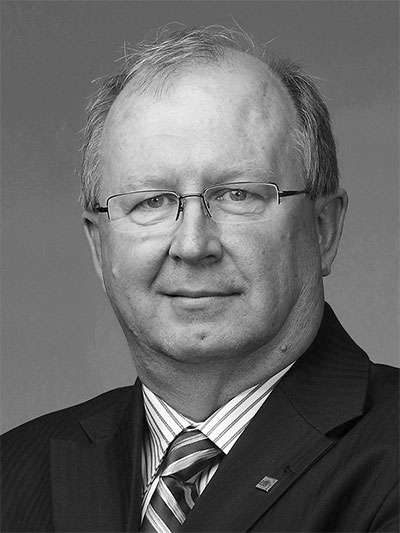
Features
Columns
Education
One More Load – Advocating for infrastructure
Persistence pays off as Manitoba invests in fixing Winnipeg’s infrastructure deficit
April 21, 2014 By Chris lorenc
The MHCA’s activities are driven by its mission statement, which
mandates advocacy for sustained and strategic infrastructure investment
in support of economic growth, in a manner consistent with the public’s
best interests.
The MHCA’s activities are driven by its mission statement, which mandates advocacy for sustained and strategic infrastructure investment in support of economic growth, in a manner consistent with the public’s best interests.
We appear to have made significant headway on this front at the municipal and provincial levels in Manitoba, which augers well for the long-term health of Manitoba’s economy. Moreover, the policy changes appear to finally reflect public opinion.
The City of Winnipeg has adopted the thrusts of MHCA recommendations championed at City Hall associated with dedicated funding to address the Winnipeg infrastructure deficit. Council has allocated a two per cent annual increase in realty taxes dedicated equally between its regional and residential streets assets. This will increase, in a transparent and accountable manner, the residential streets investments over 25 years from $550 million to $3.4 billion, and the regional streets program will increase over the next 10 years from $227 million to $541 million — a 138 per cent increase.
Further, consistent with MHCA advocacy, the Mayor has appointed an Economic Development Secretariat, led by the current Chair of the Finance Committee, to ensure a coordinated focus on growing Winnipeg’s economy.
At the provincial level, the one per cent increase of the Manitoba government in 2013 will, for the next 10 years, be dedicated by legislation to core infrastructure projects – streets, roads, highways, bridges, structures, sewer and water and flood protection – with a focus on investments which grow the economy and create jobs. Over the 10-year period, an additional minimum $3.5 billion will be invested in core infrastructure. This investment could potentially leverage annual increases of $900 million. This approach is the first of its kind in Canada.
Our consistent public relations messaging appears to have been largely accepted by the general public and, as noted above, is being reflected in public policy. The MHCA participated in an extensive public opinion research initiative between November 15, 2013 and December 5, 2013. We polled 1510 Manitobans about core infrastructure — streets, roads, highways, bridges, structures and sewer and water — generating margin of error results of +/-2.35 per cent 19 times out of 20.
The polling results demonstrate a remarkable affinity by the public towards messages championed by the MHCA around the condition of Manitoba’s infrastructure. Those include:
- The condition of Manitoba’s municipal infrastructure
- Municipal fiscal capacity to address the infrastructure challenges
- Affinity for allocating a share of PST revenues to municipal governments to deliver on infrastructure priorities
- Delivering infrastructure services in a regional model context
- The ways & means to address the fiscal challenge through transparent dedication of revenue streams
- Support for the notion of balanced and shared infrastructure funding responsibilities based, in part, on the respective revenue capacities of the orders of government
- Recognition of the important linkages between sustained and strategic infrastructure investment and resulting economic growth and economic health
- Support for the notion that strategic infrastructure investment is our economic healthcare program

|
|
| Chris lorenc
|
The research allows an insight into public opinion at a key moment in what will be Manitoba infrastructure history, with municipal elections set to take place in the Fall of 2014, and a provincial election to follow as early as 2015. The results should show, to no one’s surprise, that the public is further ahead in its thinking than the political process gives it credit for.
Print this page